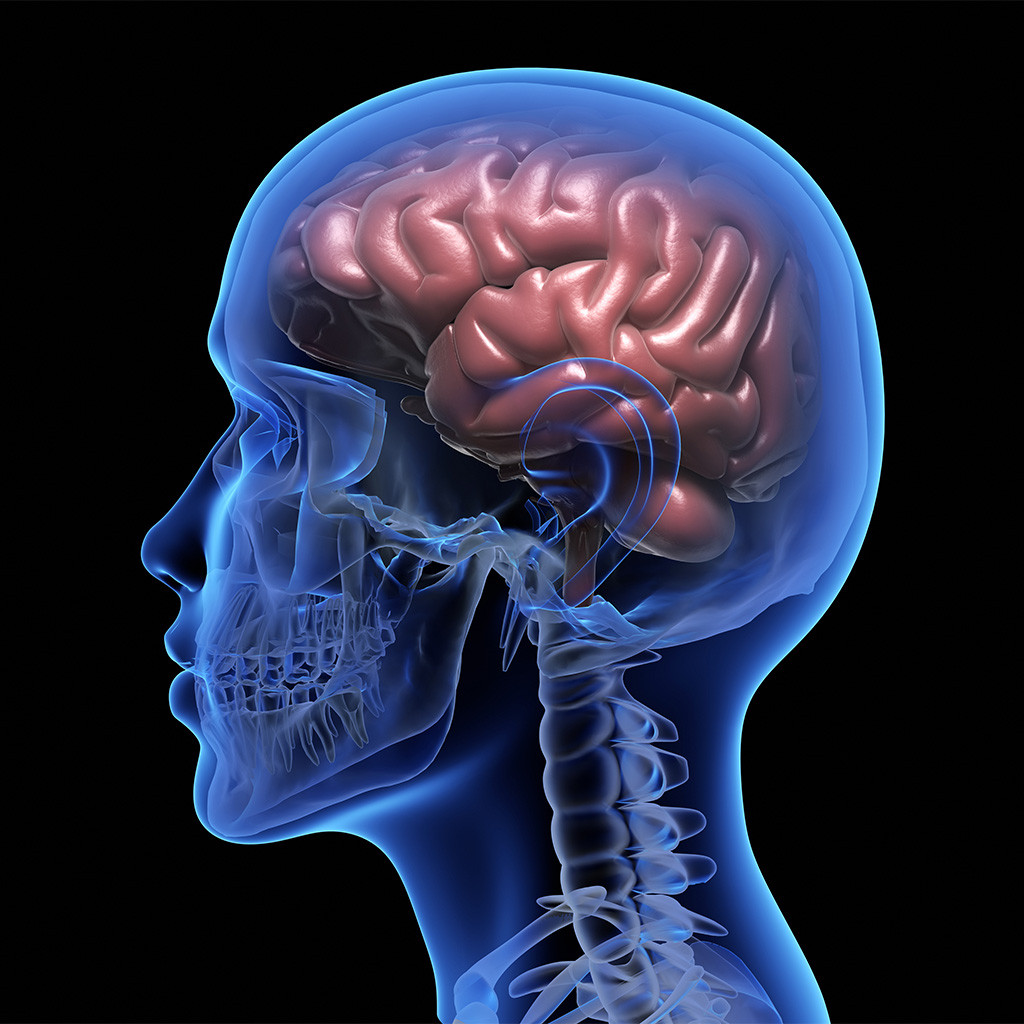In the lead up to World Meningitis Day, and as students are returning to university and college after the summer break, it is crucial that there is an understanding of the signs and symptoms of meningitis.
Levi’s story
BBC News shared an article about Levi Lawrence, who was 21 years old and a student at Swansea University. He explained that his housemates saved his life, after a cold that caused vomiting and a general deterioration in his health. His housemate recognised the signs, and took him to hospital, where he was diagnosed with meningococcal meningitis and septicaemia. This is the meningitis B strain, and it is essential that those who contract the infection receive urgent medical help and a prompt diagnosis.
It is stories like this that show the importance of students understanding the signs and symptoms of the disease, and that this knowledge really can save lives.
Levi spent 10 days in hospital, but he considers his housemate not only saved his life but his limbs.
Levi has just started his second year at Swansea University and is keen to raise awareness of meningitis. Whilst he missed out on some experiences and opportunities within his first year, whilst he recovered, he is extremely lucky.
What are the signs and symptoms of meningitis?
The symptoms of meningitis can appear in any order. They depend on the type of the disease, and whether the presentation is in a child or an adult.
It is also really important to remember that, if they have been vaccinated at school, this relates to the Meningitis ACYW strain, and not Meningitis B (meningococcal meningitis)
For students, however, the main signs and symptoms they need to remember are:
- Fever and/or vomiting
- Severe headaches
- Limb or muscle pain
- Cold hands and feet
- Shivering
- Pale or mottled skin
- Breathlessness or fast breathing
- A rash
- Stiff neck
- Dislike of bright lights
- Vacant, sleepy, or difficult to wake
- Confusion or delirium
- Fits
What are the common misconceptions regarding meningitis?
- That there is always a rash. This is incorrect, as the rash does not appear in all cases. It can also be one of the last signs of the disease if it does appear. If in doubt, even if there is not a rash, always seek urgent medical attention.
- Not everybody gets all of the symptoms, and they may appear in a different order.
- Meningitis can often be mistaken for things like freshers’ flu, a hangover, Covid or flu. If you have any concerns, always think, could this be meningitis?
- Septicaemia (often called sepsis) can occur with or without meningitis. Both infections are caused by the same bacteria, and again it is essential that urgent medical attention is sought.
How can we help?
If you’re a student or know anybody of university or college age, embarking on their new adventure, spread the word over the signs and symptoms of meningitis.
Ensure that vaccinations are up to date, but remember that Meningitis B is not covered under the Meningitis ACWY vaccination programme.
Put posters up in common spaces to help raise awareness of the signs and symptoms of meningitis.
These can be downloaded from the Meningitis Research Foundation’s website here: MRF-Symptom-Checker-A4 (meningitis.org)
Remember, always trust your instincts, and get medical help fast.
How we can help
If you or a family member has been affected by meningitis and would like free legal advice from our medical negligence specialists please contact the team.





